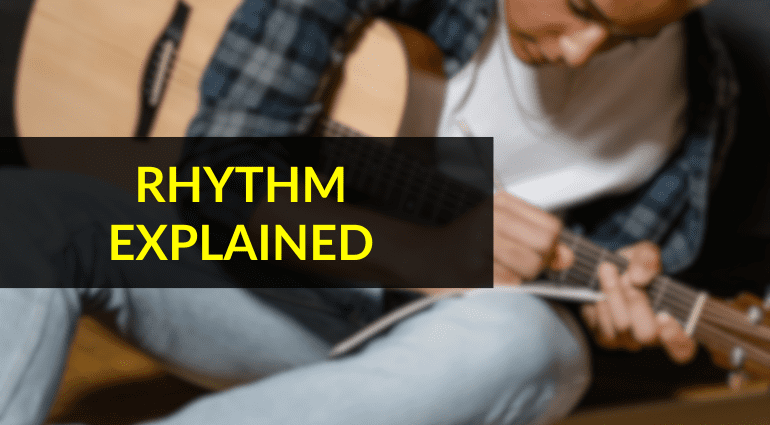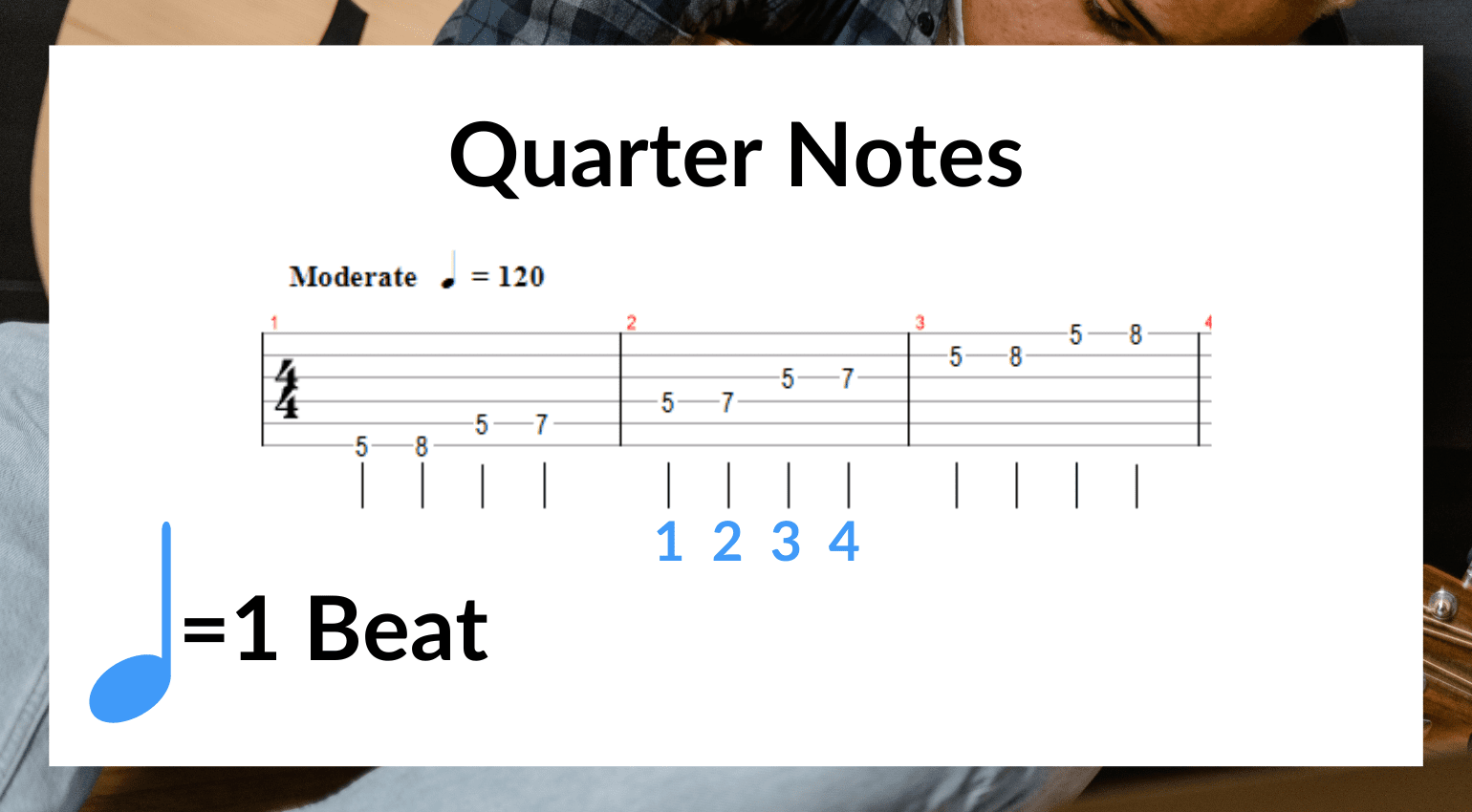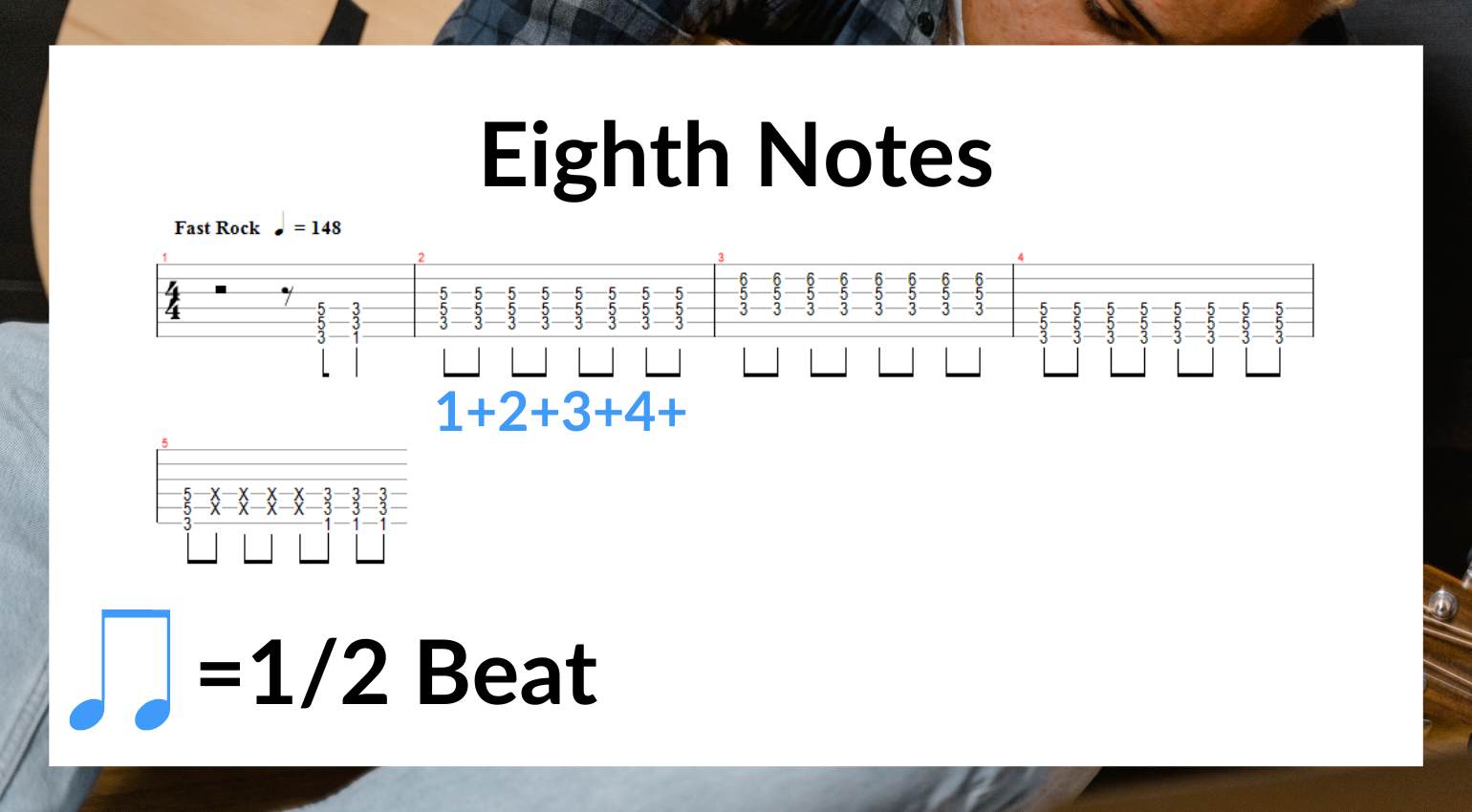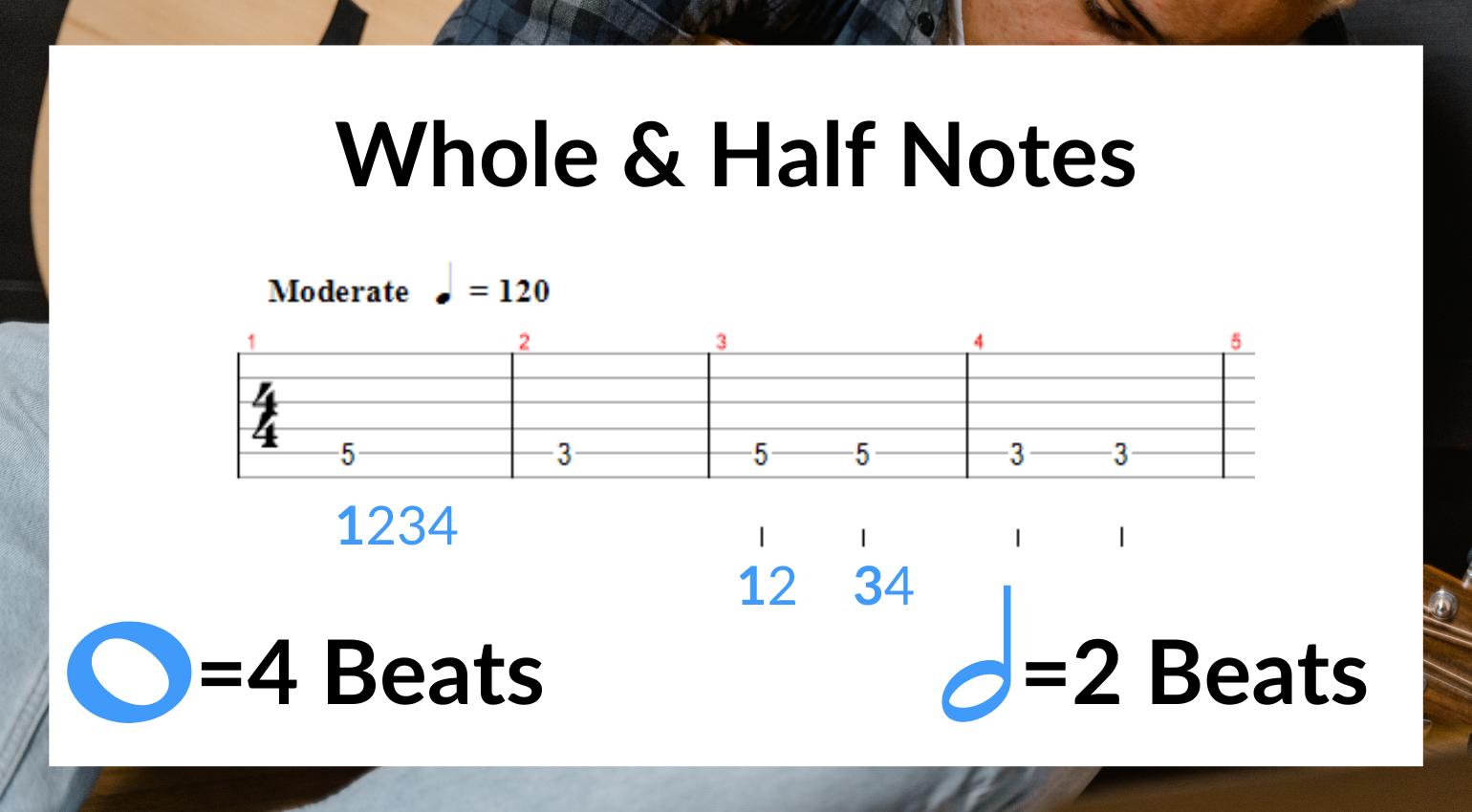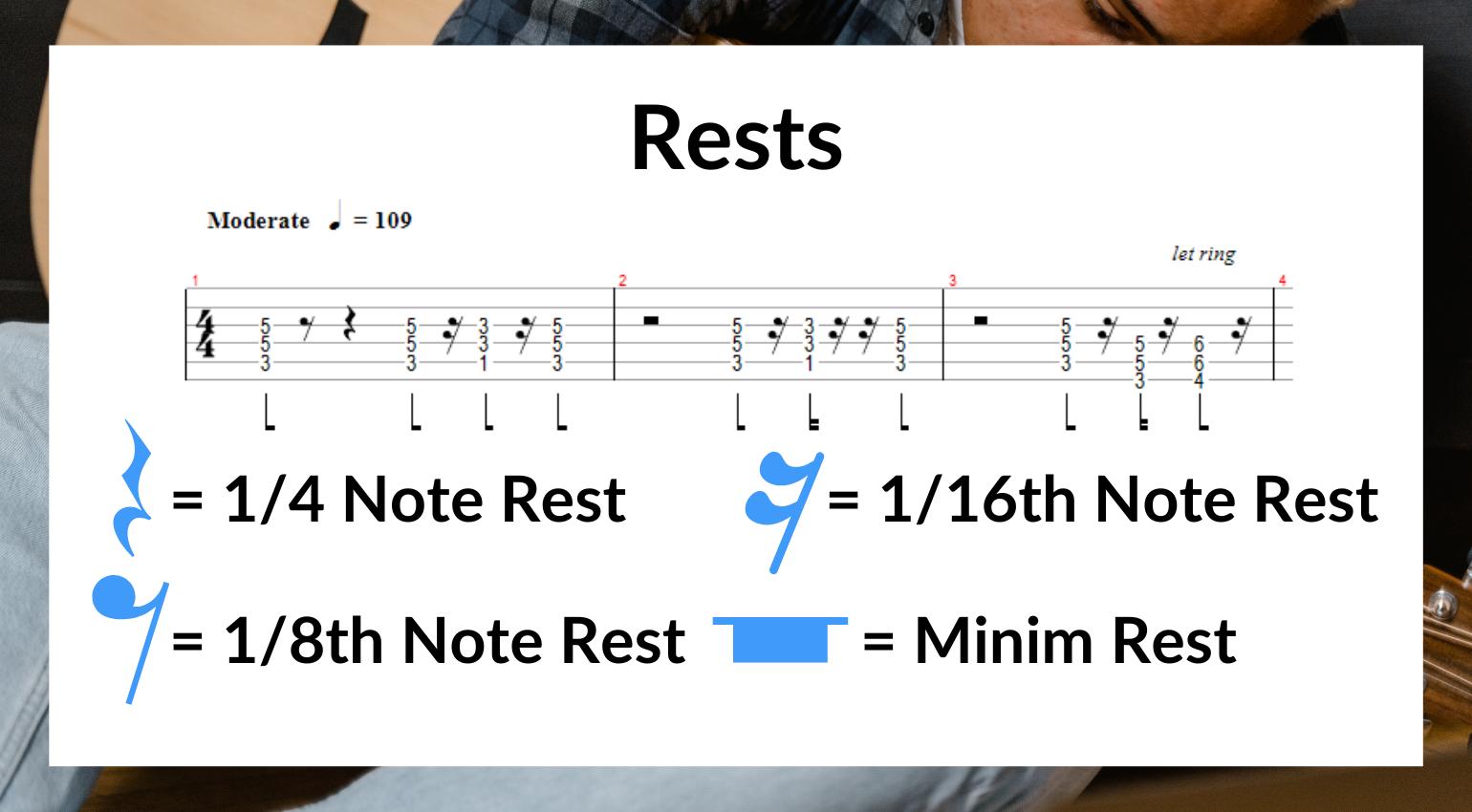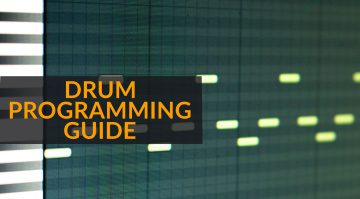Rhythm Explained: 1/4s and 1/16ths, How Do They Sound?
Understand rhythms quickly and effectively
Rhythm explained can be a long and tedious concept. However, did you know that it only takes a few fundamentals to get a grasp on rhythms? Check out this quick guide and you’ll be sorted.
Rhythm Explained: 1/4s and 1/16ths, Dow Do They Sound?
Without rhythm, there would be no driving force in music. Regardless of whether you have percussion, it’s still there. After all, rhythm has your two hips moving…
From playing a cool riff to tapping your fingers while working, there is bound to be some sort of rhythm somewhere. Here we’re going to explore some of the basics.
Not only what they mean and what they look like, but most importantly, how they sound. Having examples you can apply to your playing will no doubt help in your concept of understanding rhythms.
Quarter Notes
1/4 notes, otherwise known as crotchets, are arguably the perfect place to start when looking at the driving force behind all music.
Recently, we looked at understanding time signatures, and with 1/4 notes it’s easier to work with a 4/4 time signature. This breaks down the value of each beat. When looking at rhythm explained, we refer to the value of the note.
What is a note worth? Well, crotchets are equal to one beat. Therefore in a 4/4 time signature, a whole bar of crotchets would be counted as; 1,2,3,4. Check out the TAB below demonstrating the look and sound of 1/4 notes.
When looking at rhythms, it’s always best to make sure you’re in time. This metronome should help you out!

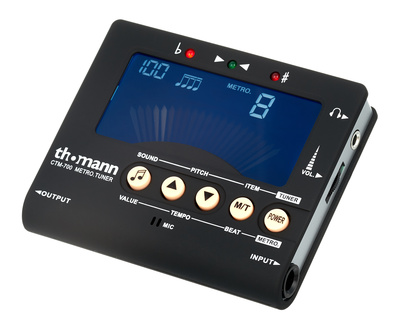
Eighth Notes
You are currently viewing a placeholder content from YouTube. To access the actual content, click the button below. Please note that doing so will share data with third-party providers.
More InformationSecondly, we’re moving to look at 1/8th notes which are also called quavers. To help us understand the sound of this rhythm, we’ll be using a pop-punk staple by blink-182.
Regarding the value of eighth notes, it is effectively half of a quarter note. Thus it is worth half a beat. Again, in a 4/4 time signature, we would count a full bar of quavers as; 1+,2+,3+,4+.
Let’s look at the intro of All The Small Things. Perfect for beginners, we’ve got power chords galore! We can see from the TAB that each bar is full of quavers. This rhythm helps to provide a fast feel to the music.
This one requires plenty of bridge humbucking action! Why not check out this Tom Delonge Signature Stratocaster?


Sixteenth Notes
You are currently viewing a placeholder content from YouTube. To access the actual content, click the button below. Please note that doing so will share data with third-party providers.
More InformationSimilarly, 1/16th notes are scaled-down once again. Instead of being worth half a beat, such as with 1/8th notes, semi-quavers are equivalent to a quarter of one beat.
A common misconception about semi-quavers is that they make the music faster. This is understandable, however, you can still have a slow piece of music which contains 1/16th notes, and it would still have a fast-paced feel.
This 1981 hit for Stevie Nicks has a relatively sedate speed of 111 BPM. Although, thanks to a series of semi-quavers in the driving riff, the music sounds considerably faster. Broken down, this rhythm would be counted as; 1e+a, 2e+a, 3e+a, 4e+a. Bonus technique! Time to practice your palm muting with this one.
This riff needs to be played hard! An appropriate accompaniment would be this SD-1 Overdrive pedal…

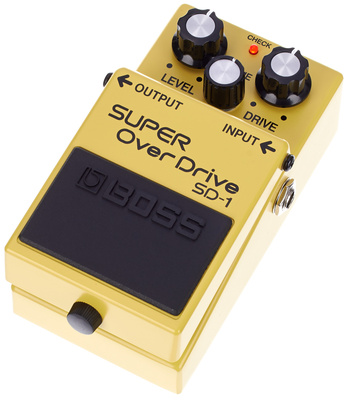
Whole & Half Notes – Rhythm Explained
After all of the excitement with semi-quavers, let’s chill out a bit and focus on some notation with larger values.
Whole notes, semibreves, are worth 4 beats. Therefore, if you were to see one whole note in a bar of 4/4, that would occupy the entire bar.
Half notes, however, are also referred to as minims and are equal to two whole beats. Double the crotchets that we looked at earlier. Both have their uses in various types of music. Such rhythmic values avoid the overuse of rests.
Rests
You are currently viewing a placeholder content from YouTube. To access the actual content, click the button below. Please note that doing so will share data with third-party providers.
More InformationIf you’ve ever been playing your instrument, you’ll have come across rests before. You might not have even realised it. What are they?
In music, a rest is the time within a score when you would stop playing. Luckily for us, a rest has the value of the note that it is based upon. So, a quarter note rest lasts the duration of one beat. The overall rhythm is dependent on what rests are used.
Eye Of The Tiger showcases a combination of rests with the values that we’ve been looking at. Moreover, you can hear the semi-quaver palm-muted intro ahead of the trademark chords that are broken up by various rests.
When you’re not rocking out, your guitar will need a secure place to rest. This stand from Millenium will be just fine for setting your axe down.

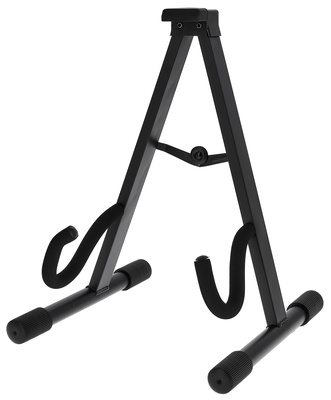
Rhythm Explained: Benefits to your playing?
For your journey as a guitarist and as a musician, knowing what rhythms to look out for will improve your playing and composing ability. Furthermore, whenever you next check out a piece of TAB, you’ll be able to identify the rhythms! Overall, helping you achieve the right feel without relying on a good ear.
Videos:
You are currently viewing a placeholder content from YouTube. To access the actual content, click the button below. Please note that doing so will share data with third-party providers.
More Information
You are currently viewing a placeholder content from YouTube. To access the actual content, click the button below. Please note that doing so will share data with third-party providers.
More Information 5,0 / 5,0 |
5,0 / 5,0 | 